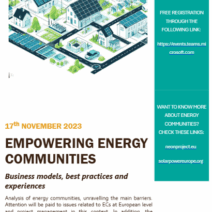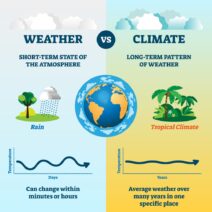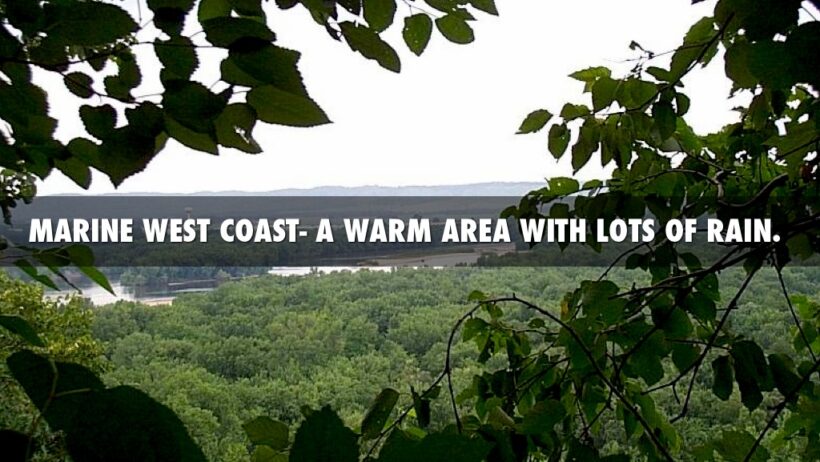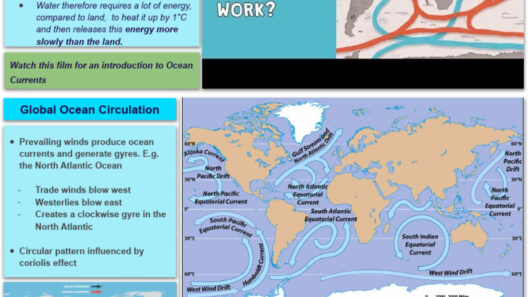The climate of the Southeast United States is a complex tapestry woven from various meteorological threads, characterized predominantly by hot summers and mild winters. This region, encompassing states such as Florida, Georgia, South Carolina, and Alabama, exhibits a humid subtropical climate that forms the backdrop for its rich biodiversity, agricultural bounty, and vibrant cultural landscapes. Understanding this climatic phenomenon involves delving into the nuances of temperature variations, precipitation patterns, and the environmental repercussions of a changing climate.
At the heart of the Southeast’s climatic profile are its scorching summers. During the peak months of June through August, temperatures frequently soar, often surpassing 90 degrees Fahrenheit (32 degrees Celsius). The combination of heat and humidity creates an oppressive atmosphere, particularly in low-lying areas where the moist air hangs heavily. Humidity levels can reach staggering heights, often exceeding 70 percent, making the air feel stifling. This sultry environment not only impacts human comfort but also plays a significant role in the ecological dynamics of the region.
The high temperatures are complemented by substantial precipitation, with the Southeast receiving an average annual rainfall of 40 to 60 inches. This abundant moisture sustains a wealth of flora and fauna, fueling the growth of lush forests and expansive wetlands. However, the summer months also bring the risk of severe thunderstorms and tropical storms, particularly during the hurricane season from June through November. These tempestuous events can cause significant destruction but also rejuvenate the landscape by replenishing water sources and promoting new growth.
Transitioning into the cooler months of fall and winter, the climate shifts dramatically. Mild winters define the Southeast, where temperatures typically hover around 40 to 60 degrees Fahrenheit (4 to 15 degrees Celsius). Frost is rare in many areas, leading to an extended growing season for certain crops. The moderate winter climate not only supports agricultural practices but also attracts tourists looking to escape frigid northern weather. This seasonal shift is pivotal for many local economies that rely on both agriculture and tourism.
As one explores the intricacies of climate in this region, it becomes evident that local ecosystems have adapted remarkably to these conditions. Southeastern forests, characterized by diverse species of hardwoods and pines, thrive in this unique climatic milieu. Species such as the longleaf pine have developed resilience against both heat and drought, while the rich understory provides habitat for a myriad of wildlife. This biodiversity is a testament to the adaptability of life in the face of climatic extremes.
However, the climate of the Southeast is not static. Growing concerns over climate change have raised questions about the future of this region’s weather patterns. As global temperatures rise, projections suggest a potential increase in the frequency and intensity of heatwaves, further exacerbating the already hot summers. Additionally, altered precipitation patterns may lead to more pronounced wet and dry seasons, posing challenges to water management and agricultural viability.
The agricultural sector, a cornerstone of the Southeastern economy, faces significant risks from climate fluctuations. Farmers must navigate the challenges posed by shifting growing seasons and increased vulnerability to pests and diseases that thrive in warmer temperatures. For instance, crops like cotton, peanuts, and soybeans, which are staples of the region’s agriculture, may be impacted by drought or excessive rainfall, demanding adaptation strategies that are both innovative and sustainable.
Furthermore, the cultural fabric of the Southeast is intricately linked to its climatic conditions. The rhythms of life, from local festivals celebrating the harvest to the culinary traditions that revolve around seasonal produce, are deeply influenced by the prevailing climate. This intertwining of culture and environment enriches the human experience, shaping regional identities and fostering communal resilience against climatic adversities.
Despite the challenges posed by a changing climate, there is an opportunity for innovation and growth. The burgeoning field of sustainable agriculture offers promising avenues for mitigating the impacts of climate change while enhancing food security. Practices such as agroforestry, crop rotation, and organic farming can improve soil health and resilience against climatic fluctuations. Community-supported agriculture (CSA) initiatives foster local food systems that emphasize sustainability and minimize carbon footprints, showcasing the potential for societal adaptation.
Moreover, the Southeast has begun exploring renewable energy options, recognizing the importance of shifting towards more sustainable energy sources in the face of rising temperatures and extreme weather events. Expanding solar and wind energy infrastructure not only provides cleaner alternatives but also contributes to economic diversification in the region, creating jobs and fostering a cleaner environment. The concerted efforts towards climate resilience underscore the collective desire to protect both the people and the ecosystems of the Southeast.
In conclusion, the climate of the Southeast—marked by its hot summers and mild winters—serves as both a challenge and an opportunity. As the region navigates the realities of climate change, understanding the intricate relationships between weather patterns, ecological systems, and human activity becomes imperative. Adapting to this climate requires not only an awareness of current conditions but also a proactive stance towards fostering sustainability and resilience. This journey invites a shift in perspective, urging both residents and stakeholders to engage in a collective responsibility for the environment. Through innovation, community collaboration, and a commitment to sustainability, the Southeast can pave the way to a more resilient future, embracing its climatic quirks while safeguarding the rich tapestry of life that thrives within its borders.








